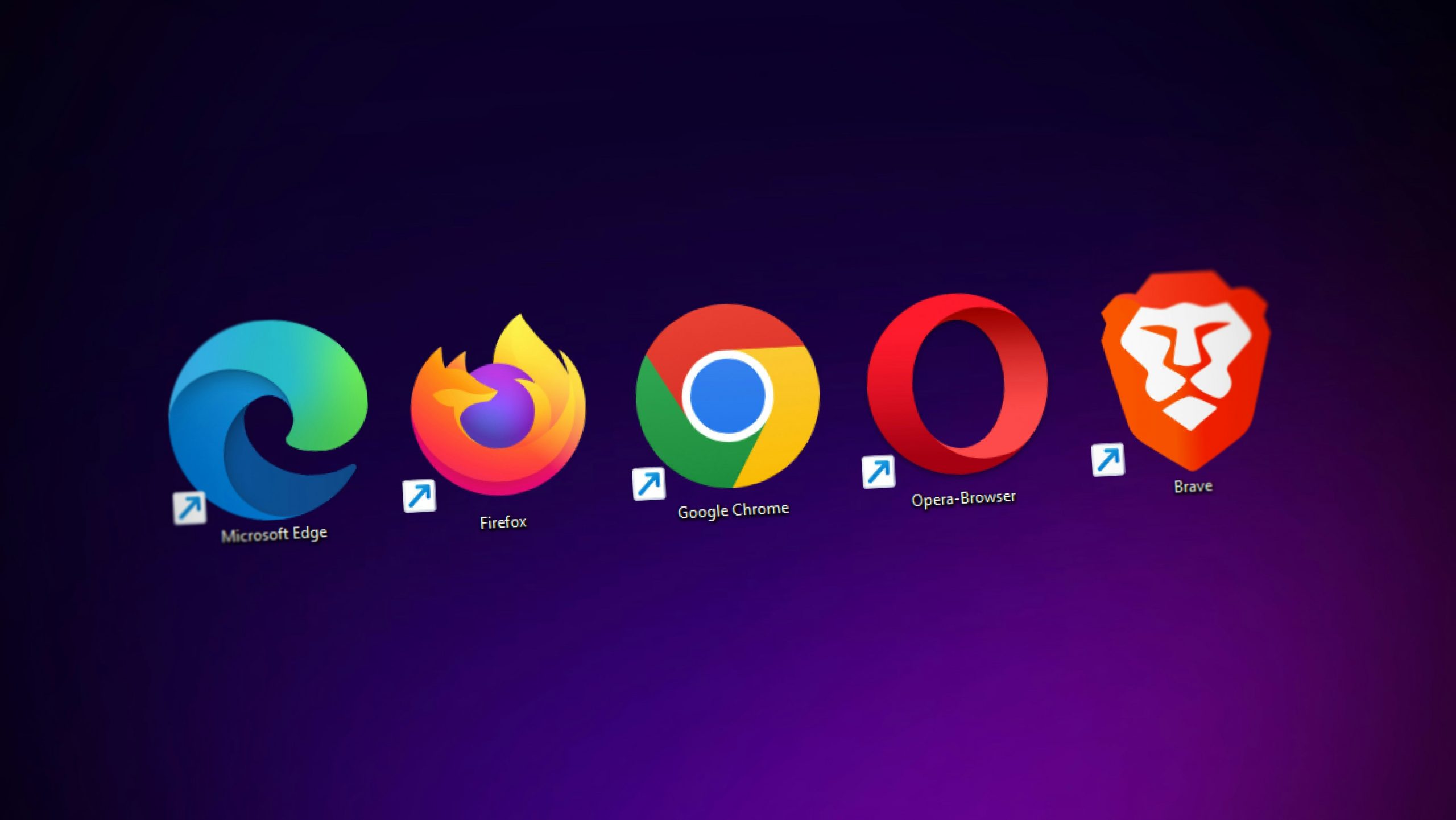If you sell to businesses on the web, knowing a prospect’s tech stack is not a party trick. It is the difference between a pitch that lands and one that gets deleted. Wappalyzer gives you that view in seconds. You type in a domain, you get the underlying tools, and suddenly your outreach stops sounding generic. You can use it once in a while for quick research, or you can run it at scale through bulk lists and an API when you want the whole market in your CRM. No mystery. Just fingerprints in the HTML, headers, and scripts that tell you what is really running.
There is a data point people ask for right away. Does this sort of thing actually move revenue. Wappalyzer’s commercial profile on Datarade makes a clear claim. Six times higher return on investment and ninety five percent data accuracy for sales and marketing use. Treat that like a benchmark, not gospel, but do the simple math. If a better targeted list gives you even a fraction of that lift, it pays for itself quickly. You are not buying software for the sake of software. You are buying fewer wasted emails, fewer junk clicks, more meetings with people who can actually use you.
Here is where it earns its keep. Most teams still slice lists by industry and employee count because that is what the default filters show. Those filters are fine for a dashboard. They are terrible for conversion. Switch the lens to stack fit and the whole motion changes. Let’s say you sell a post-purchase messaging tool for Shopify retailers. You pull a list of stores that run Shopify with Klaviyo and Stripe. You already know how those teams work, where the data lives, and where the bottlenecks sit. The copy writes itself. You reference a migration gotcha they have definitely tripped over or a workflow they have half built. Replies go up. Meetings go up. Pipeline per one hundred emails goes up. That is the boring, repeatable version of “six times ROI.” Not fireworks. Just better fit.
Paid traffic benefits the same way. You do not need every click. You need the right click. If your product requires a certain analytics setup or a specific ecommerce platform, keep those requirements in mind before you let an ad platform spend your money. Use technographic filters where you can. Use pre-qualification on the landing page where you cannot. Even a small drop in poor fit traffic will move cost per qualified lead in the right direction. That change ripples through the rest of the funnel. The lift looks like common sense when you see it on a spreadsheet. Less waste in, more signal out.
Timing is another lever. Stacks change. New pixels appear. Old ones disappear. Those changes often show up before a company says anything in public. If you track the tools that matter to your offer and set alerts, you can reach out while the need is fresh. A brand that swaps an analytics tag is probably cleaning up measurement and is open to a conversation about attribution. A store that changes cart tech is almost certainly revisiting email and checkout. You are not sending a cold pitch from nowhere. You are showing up in the right week with the right context. Conversions climb without hiring more people or doubling the ad budget. That is how the same team, with the same hours, suddenly produces more pipeline.
There is also a quiet play that compounds over time. When you look across enough stacks, you see clusters. Certain tools travel together by stage and by vertical. Use that to find partners. If your best customers almost always run a specific analytics suite, co-market with that vendor. Do a webinar or a template bundle that fits both products. Your audience stops being a random list and starts being a neighborhood where your partner is already trusted. Acquisition costs drop. Referral volume rises. You do not need every partner under the sun. Two or three strong ones, chosen because the data says they belong beside you, will work fine.
You can prove all of this in your own funnel without waiting a quarter. Pick one product. Pick one stack combination you serve extremely well. Export a tight list. Write three short emails that speak directly to that setup. One message names a common pitfall and a simple fix. One shows a template or snippet that saves them time. One shares a small benchmark that matters to their platform. Launch to two equal cohorts. The technographic list is your test group. A firmographic list is your control. Track opens, replies, meetings, and stage progression for two weeks. You are not chasing miracles. You are looking for a clean, obvious delta. A few extra meetings on the same send volume is enough to green-light a bigger run.
About that accuracy claim. Ninety five percent reads great on a slide. In the real world, you will still see misses, stale records, and edge cases where a tool leaves no visible trace. The fix is simple. Use Wappalyzer to decide who to talk to. Use your emails, forms, or first calls to confirm the one or two facts you need before spending serious time. When a field proves noisy in your niche, tweak the filters or add a second check. The goal is not to memorize a number from a vendor profile. The goal is to turn a hard research problem into a workflow your team can run every day without drama.
This works for any size team. If you are a solo founder, the browser lookup gives you enough context to write a better first email in under a minute. If you run a sales and marketing org, the bulk tools and the API let you sweep entire markets, enrich accounts, and keep the data fresh inside the CRM your reps live in. The method does not really change. You find the people who use the tools you plug into, and you talk about the work those tools create.
Why it works comes down to relevance. People give you time when you speak their language and name a problem that lives inside the software they stare at all day. Procurement gets easier when your product fits beside something they have already bought and trust. Ad performance improves when you only pay to reach companies that could actually say yes. There is no trick here. Just focus, backed by data that is easy to pull and easy to act on.
So do the small test next week. Build one list by stack fit. Send the messages. Compare the numbers to a simple control. You are not trying to hit six times return in a single sprint. You are trying to prove, in your own pipeline, that stack fit beats spray and pray. Once you see it on your dashboard, you will not go back.


Leave a Reply